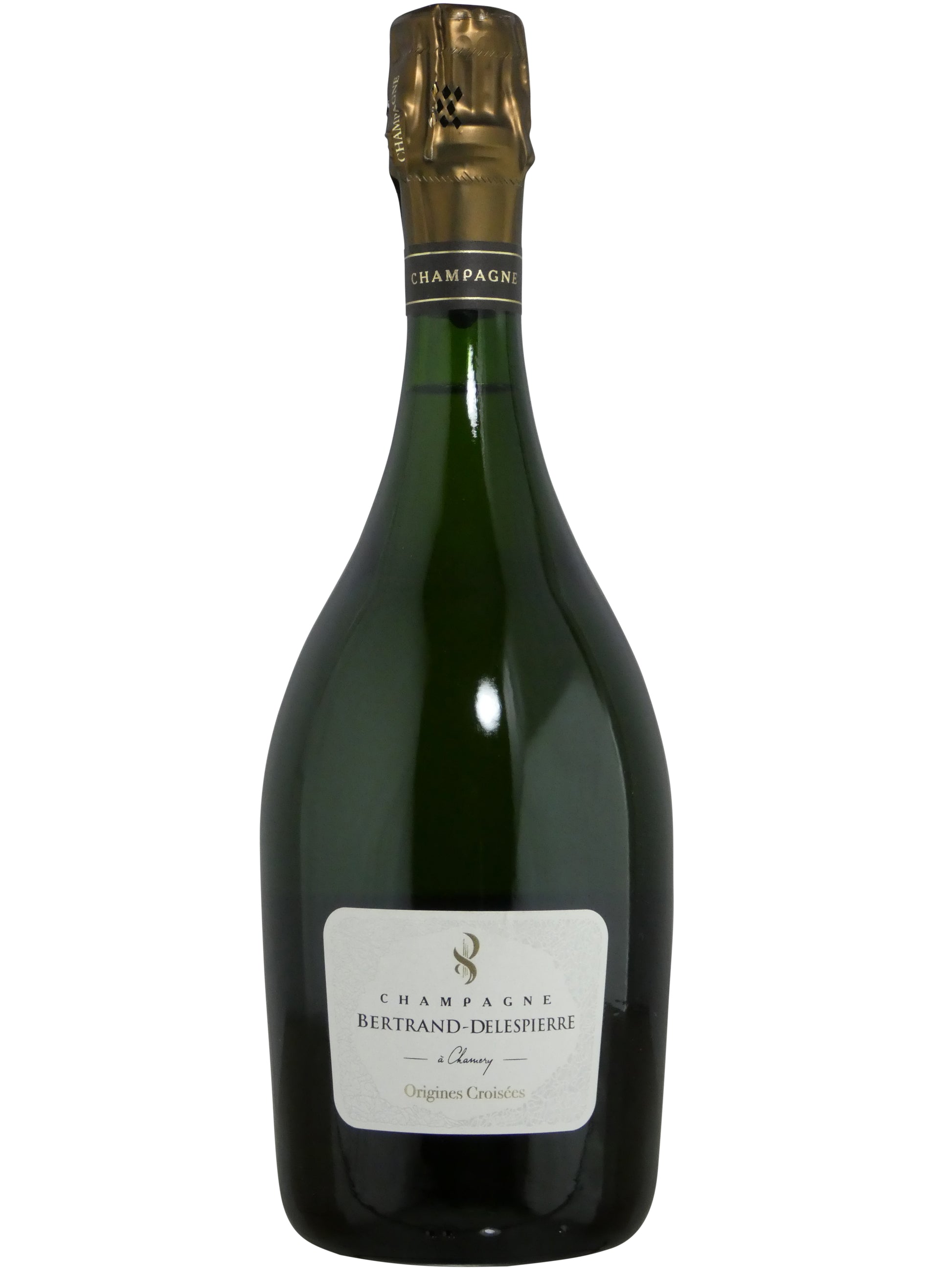1
/
of
1
Bertrand Delespierre Origines Croisees - NV (750ml)
Bertrand Delespierre Origines Croisees - NV (750ml)
Regular price
$94.99
Sale price
$94.99
Regular price
$105.99
Unit price
/
per
In homage to our origins this cuvée is the result of the union of two families and two This refined Champagne will go well with white meats accompanied by a light mushroom sauce.
Winemaker's Notes
Winemaker's Notes
Availability:
12 In Stock
$25 Shipping on Orders +$299
Couldn't load pickup availability
Share :

- varietal
- Region
- Reviews
Product Review
In homage to our origins this cuvée is the result of the union of two families and two grape varieties. The Pinot Noirs of the Delespierre family marry with the Chardonnays of the Bertrand family to offer this wine as powerful as it is refined.
CRUS Chamery, Ecueil
GRAPE VARIETIES Pinot noir, Chardonnay
DOSAGE Extra raw 6 gr/liter
TASTING This refined Champagne will go well with white meats accompanied by a light mushroom sauce. Serve at 12°C.
Pinot Noir is responsible for some of the world’s finest wines. Famed for producing the red wines of Burgundy and the Côte d’Or in particular, it is now widely grown in cool climates across Califonia and Oregon, and with increasing success in New Zealand. Although typically used to produce varietal wines, Pinot Noir makes a significant contribution in the wines of Champagne, where it is vinified as a white wine and blended with Cardonnay and Pinot Meunier. On the whole, fresh summer fruit of strawberries, raspberries and red cherries tend to be the identifying qualities, however richer versions express darker fruit including black cherries (kirsch), cherry cola, leather and violets to name a few.
Champagne was the first region in the world to start producing sparkling wine on a commercial level and where most New World producers look to for inspiration. Producing a fizzy wine often occurred by accident, and was, for a long time seen as a detriment with producers going to great lengths to prevent a second fermentation. Due to the marginal climate the temperature in the fall would often dip, sedating the yeasts before all the sugars were converted into alcohol. When the region warmed up the following spring the unfermented sugars occasionally spurred on a second fermentation trapping the carbon dioxide (a by-product) in the bottle . It wasn’t until the turn of the 19th century that sparkling wine became popular and desirable. The region is split into four regions. Three are adjoining: The Montagne de Rheims to the north, the Cotes de Blanc to the south, and the Marne Valley in between. The fourth and separate region is the Cote des Bar in the Aube valley, some 70 miles south of Epernay.


